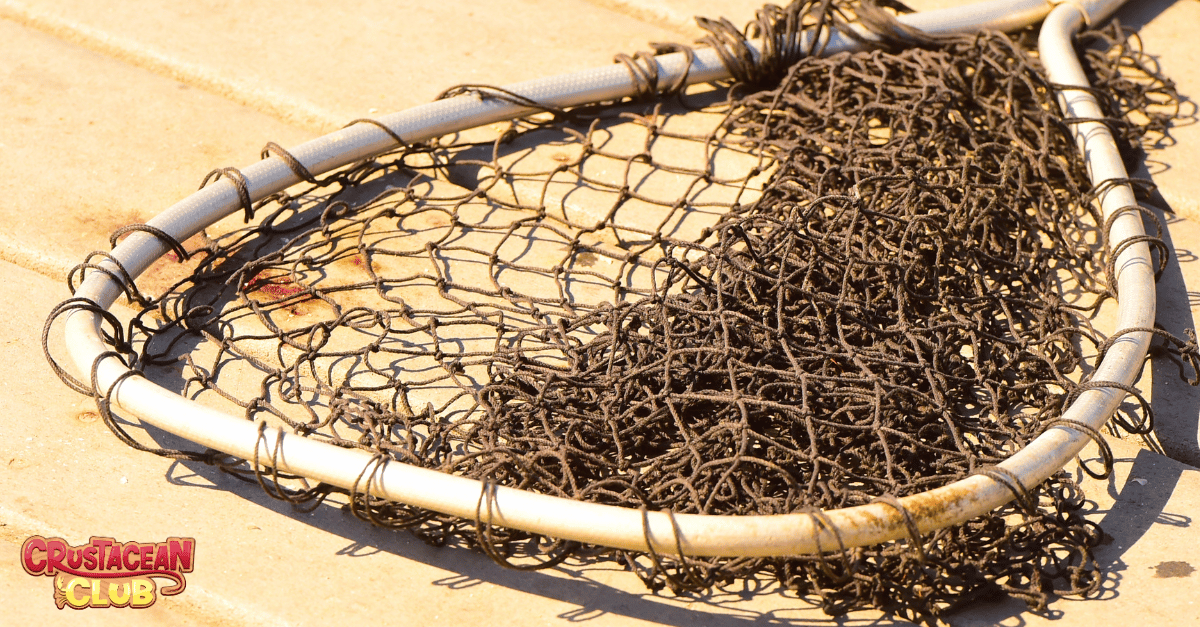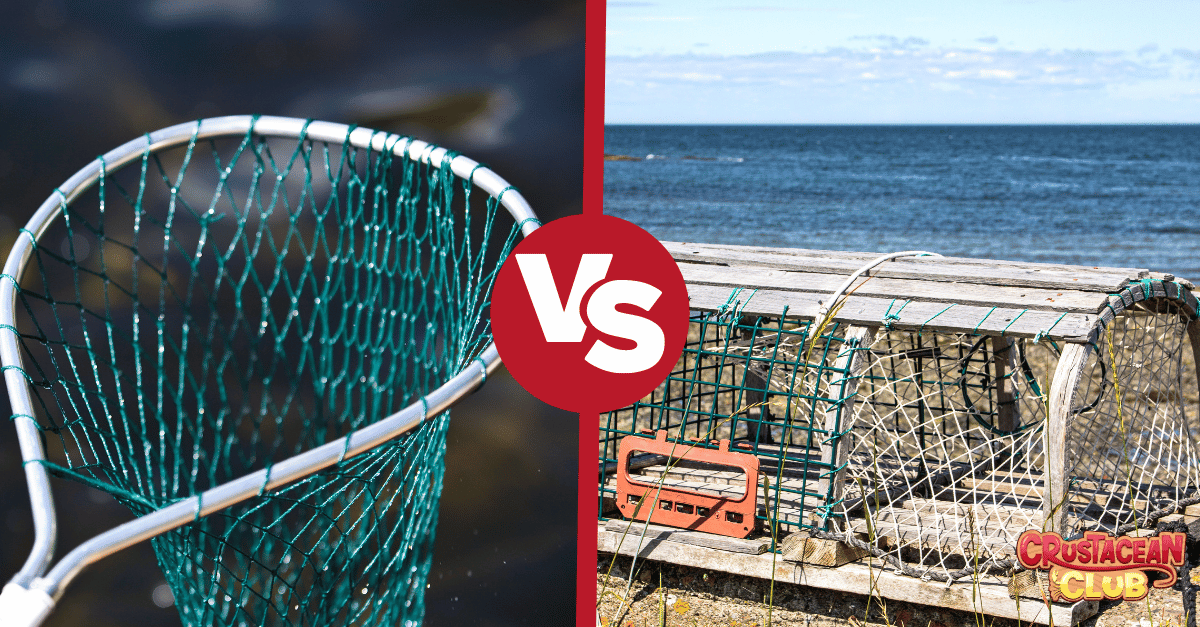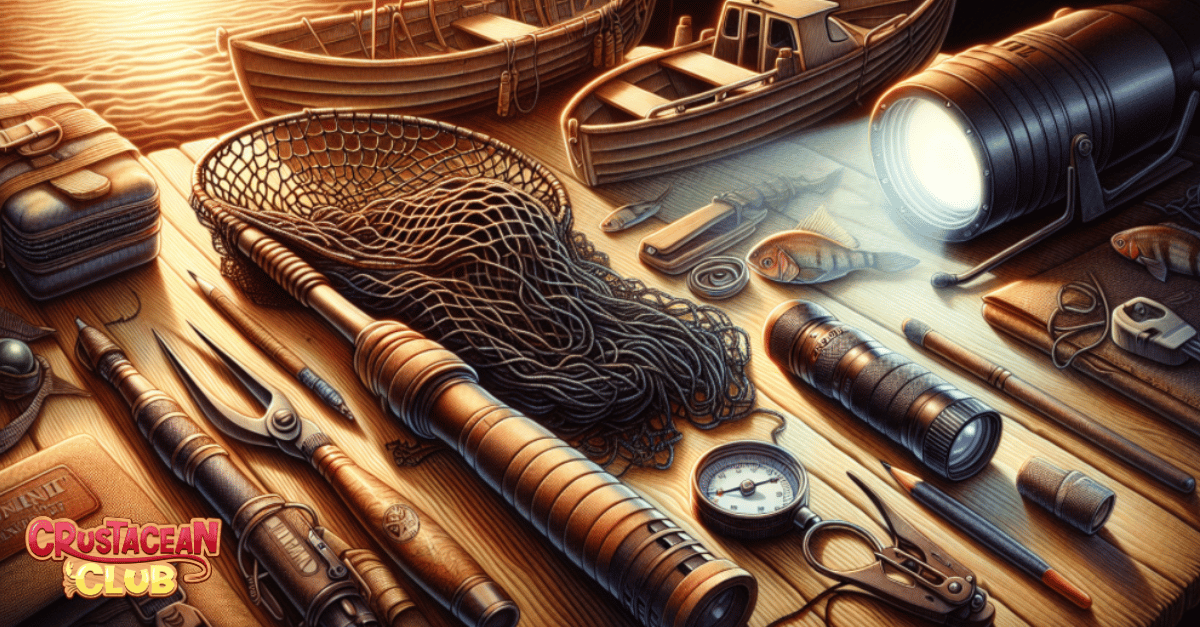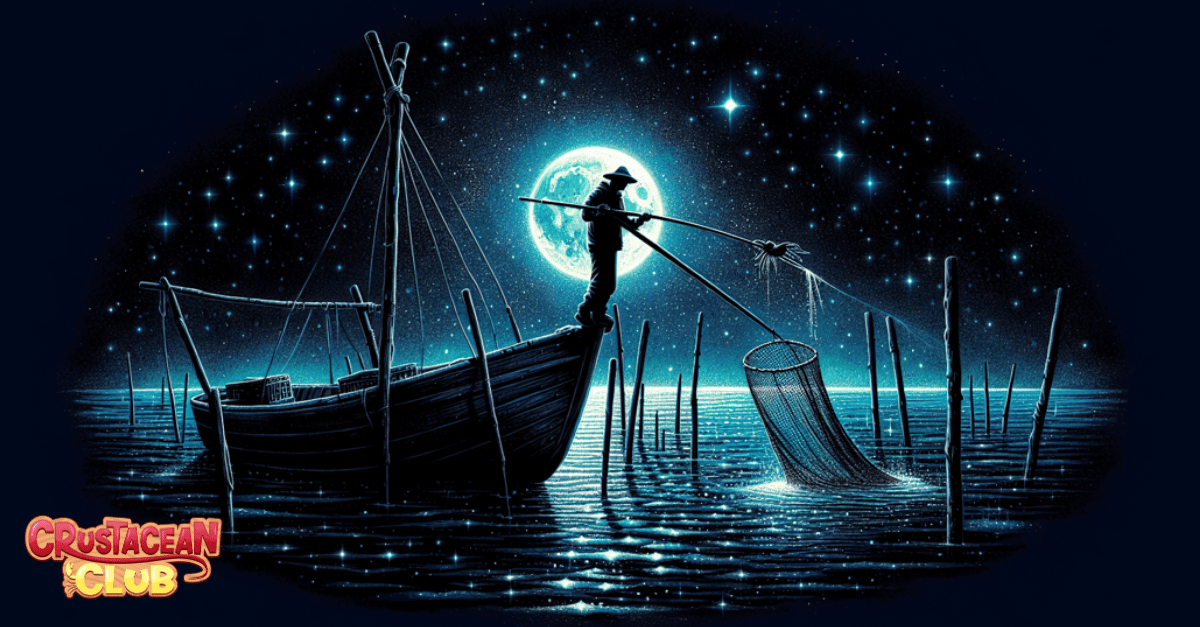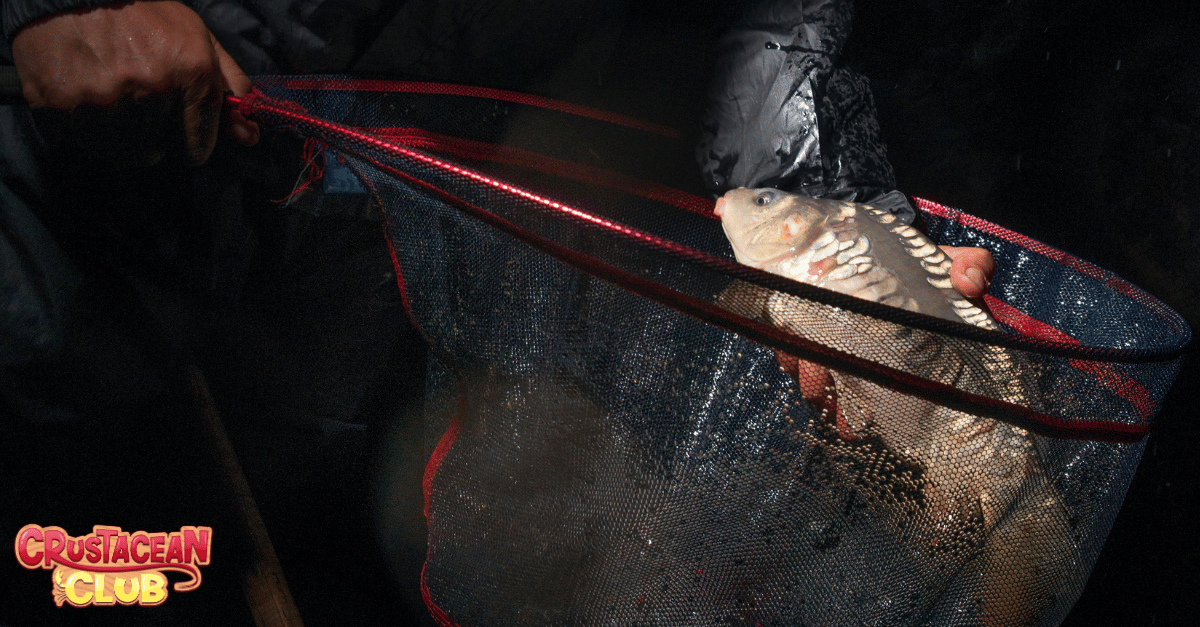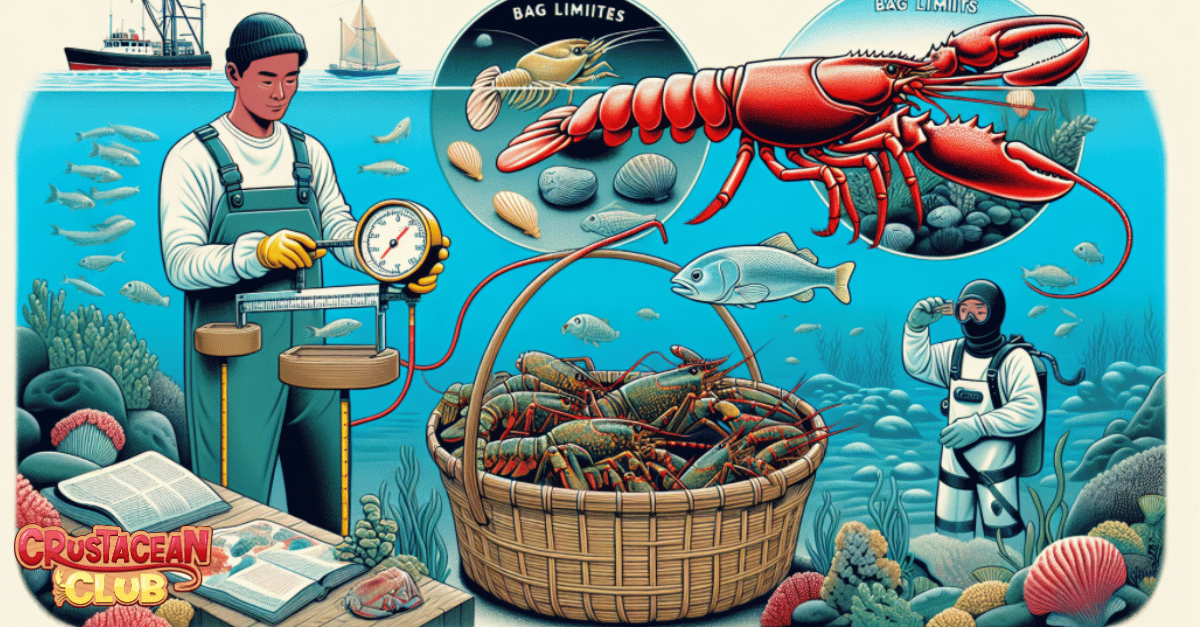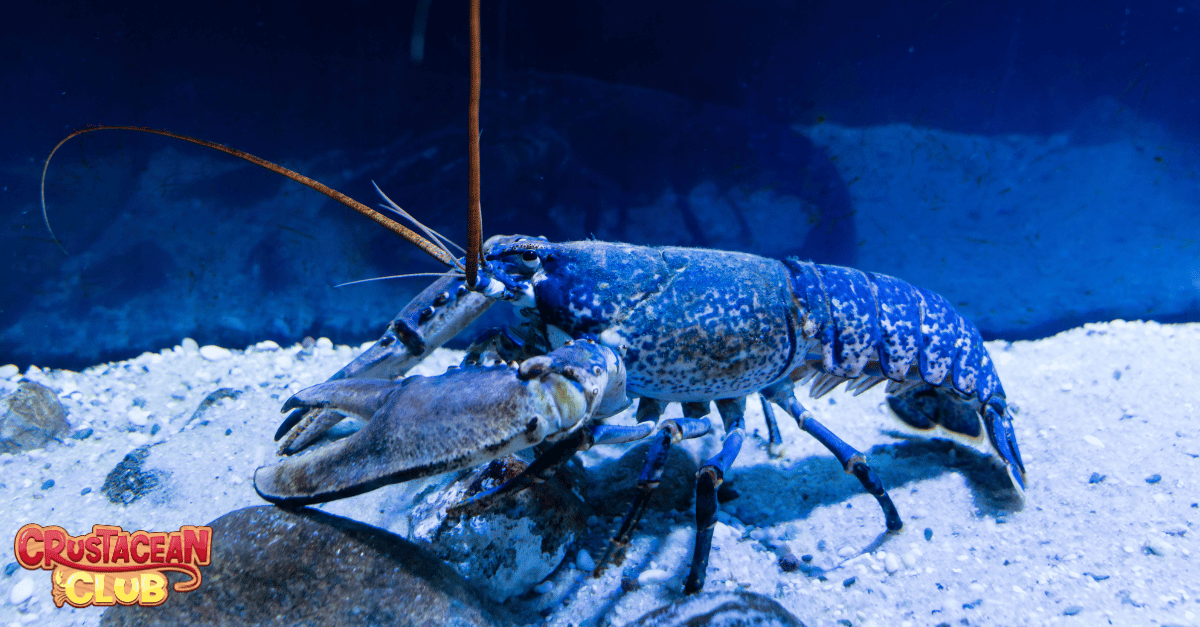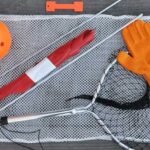Bully netting lobster combines skill and sustainability, but how do you ensure a great catch? This guide offers straightforward advice on gear selection, netting techniques, and navigating regulations. Get ready to deepen your understanding and enhance your skills in bully netting lobster.
Key Takeaways
- Bully netting is done at night and offers a direct and sustainable way to catch lobsters, requiring a silent and precise approach to scoop them individually.
- Proper equipment is crucial in bully netting, including a durable net with an extendable handle, bright and possibly color-adjustable submersible lights, and a small, maneuverable boat for shallow waters.
- To be a successful bully netter, one must understand lobster behaviors, respect legally defined seasons and size/bag limits, and practice ethical fishing to ensure sustainability.
Understanding Bully Netting
Bully netting stands apart from conventional fishing methods. This distinctive technique employs a handheld scoop net fastened to a lengthy pole, sporting a hoop sizeable enough to encompass a lobster. This method offers you the chance to venture into the silent sea at night, reaching to the seafloor from your boat to capture lobsters as they play in the shallows. It’s a dance of precision and patience, a rhythm of the sea that many enthusiasts favor due to its immediacy of catch and potentially minimal bycatch.
You might question the choice of a fishing net and a boat instead of a relaxing day on the beach using traditional traps. Well, bully netting is a unique experience. It’s a symphony of the night that allows for the immediate capture of lobsters as they are more active in shallower waters during this time. As the moonlight dances on the waves, you become part of the sea’s rhythm, a hunter in the most sustainable way.
The Concept of Bully Netting
The allure of bully netting stems from its simplistic nature and the prowess it requires. This technique, similar to using a seine net, utilizes a hoop net attached at the end of a long pole, a tool designed for the nocturnal ballet of the sea. The use of bully nets in this technique is a unique blend of art and skill, a testament to the ingenuity of those who respect nature and its bounties, as well as the craft of making nets with carefully designed net holes.
Bully Net vs. Traditional Traps
You might query, “What makes bully netting preferable over traditional traps?” Well, each has its charm. Traditional lobster traps, with their cone-shaped entrance and cull ring, allow lobsters to enter and escape, if they are small. These traps are laid in strings, hauled in, emptied, re-baited, and reset. It’s a technique that, when properly managed, is sustainable and reduces bycatch while causing minimal habitat disturbance.
On the other hand, bully netting offers an immediacy that traps can’t. Instead of waiting for the lobster to walk into your trap, you’re the one doing the walking… or rather, the sailing. With a boat, a bully net, and a silent approach, you’re able to catch lobsters one at a time without disturbing the habitat. It’s an experience that brings you closer to the sea, making you a more active participant in the catch.
Gear Up for Bully Netting
Just as with any exciting venture, bully netting also necessitates suitable equipment. It’s not just about having a boat and a net; it’s about having the right boat and the right net. Your tools play an essential role in your bully netting journey, as an appropriately sized bully net is vital to effectively catch lobsters. And let’s not forget the importance of proper lighting. Spotting your prize in the vast sea floor during the night-time netting requires illumination that can pierce the darkness and reveal the lobsters.
Some essential equipment for bully netting includes:
- A boat suitable for navigating the waters and reaching the desired locations
- A bully net of the appropriate size and design for catching lobsters effectively
- Powerful lighting equipment to illuminate the sea floor and spot the lobsters
Having the right equipment will greatly enhance your bully netting experience and increase your chances of a successful catch.
So, what makes a bully net right? What should you consider when lighting your quest? And how does the boat play into all of this? Let’s dive into the details and gear up for a successful catch.
Choosing the Right Bully Net
Selecting the appropriate bully net isn’t as simple as opting for the first one you spot. It’s about understanding what makes a net effective for bully netting. The net’s construction needs to be durable, with materials such as aluminum and stainless components that can withstand the marine environment and the rigors of lobstering.
But durability isn’t the only factor. A bully net needs versatility. An extendable telescoping handle offers adjustable length to accommodate various depths and lobsters hiding in structures. A solid aluminum hoop for the bully net not only facilitates angled catches but can also be removed for easy storage, making it an efficient tool for catching lobsters.
Lights that Illuminate Your Quest
Illumination serves as your beacon in the nocturnal ocean. The most effective bully netting lights are bright, submersible, and capable of color adjustment to suit different water conditions. LED lights are a favorite among bully netters as they offer high brightness and low power draw, letting them run on batteries and provide illumination in challenging underwater conditions.
But it’s not just about brightness. The color of the light also plays a crucial role. In murky water, switching to a warm white light can help increase visibility, whereas a cool white color is more suitable for clear water conditions. A specialized bulb like the Swamp Eye Submersibles can even adjust color tone depending on water conditions, making them suitable for bully netting in both clear and muddy water, as well as deeper water.
The Ideal Boat for Bully Netting
Your boat functions as your headquarters, your command hub amidst the sea. And like any command center, it needs to be well-equipped for the task at hand. For bully netting, that means small boats with good maneuverability, designed for shallow water navigation with a flat bottom and shorter drafts. This design ensures that the boat can move easily over areas where lobsters are found without disturbing them or running aground.
A suitable boat doesn’t just make the task easier; it enhances the effectiveness of the bully netting technique, leading to a more fruitful catch. So, choosing the right boat is as important as choosing the right net and lights.
Prime Time for Lobster: When and Where
Acquainting yourself with your equipment constitutes half the challenge. The other half is knowing your prey and its habits. Lobsters are commonly found in habitats that have a strong current flow and high concentrations of ledges. These ledges provide shelter, making areas near passes with strong currents prime locations for bully netting. The key is to start searching in the vicinity of passes where the water movement is pronounced.
But while identifying the right habitats is crucial, the optimal time of day and season also play a significant role in the success of bully netting. The moonlit sea isn’t merely a picturesque setting; it signifies the commencement of your hunt.
Nighttime: The Bully Netting Window
As twilight fades and the moon takes center stage, lobsters begin their nocturnal dance. They leave their hiding places and search for food in shallower areas, presenting an optimal time for bully netting. During nighttime, lobsters can be found in shallow waters between 1 to 4 feet deep, which is significantly more accessible for netting compared to the deeper waters they inhabit during the day.
The preference for bully netting at night isn’t just a matter of preference or convenience. It’s a strategic choice, taking into account the lobsters’ tendency to stay hidden in deeper waters during the day, making them more challenging to catch compared to their exposed and active state at night.
Seasonal Patterns for Peak Lobster Catch
As with any hunting activity, there’s a season for bully netting. In Florida, where bully netting is a popular method of lobster catching, the official season for spiny lobster runs from August 6th to March 31st. This period is not just a legal requirement but a time when the conditions are optimal for bully netting.
Adhering to the designated season dates is not just about compliance with regulations; it’s about respecting the natural cycles of lobster populations and ensuring sustainable harvesting. After all, as bully netters, we’re not just hunters but stewards of the sea and its bounty.
Techniques to Net More Lobster
Familiarity with your equipment, comprehension of lobster behavior, and cognizance of the ideal times for bully netting are all crucial. But to truly master bully netting, you need to fine-tune your technique. From your approach to the netting motion and securing your catch, each step requires practice and precision.
When you find yourself on the water, engulfed by the tranquility of the night with your net at your disposal, the goal extends beyond merely catching lobsters. It’s about becoming one with the sea, understanding the rhythm, and moving in such a way that you master the art of bully netting. So, let’s explore the techniques that can help you become a master bully netter.
Approaching Lobster Hotspots
Stealth and precision are your best allies when approaching lobster hotspots. To successfully capture lobsters, follow these tips:
- Maintain stillness and silence to prevent disturbing the lobsters.
- Approach in a controlled and calm manner to prevent startling them.
- Avoid sudden movements that may cause the lobsters to scatter and become harder to catch.
By following these guidelines, you’ll increase your chances of successfully learning how to catch lobster.
When targeting multiple lobsters in a single area, it’s most effective to start netting from the outside edge of the group and work toward the center, capturing them one at a time. It’s a strategy that requires patience and precision but offers a greater chance of a successful catch.
Mastery of the Netting Motion
Mastering the netting motion is like learning a dance. You need to position the net correctly above the lobster before attempting to trap it. Then, with a swift plunge straight down to the sea floor, you effectively enclose the lobster within the net.
But the dance doesn’t end there. Once the lobster is under the net, you need to drag the net backward toward the handle to ensure that the lobster is caught securely. The netting motion should be a single, fluid movement, beginning with the net poised over the lobster, a quick plunge to the sea floor, and a smooth backward drag to capture the lobster.
Securing Your Catch
Once you have the lobster in your net, the next step is to secure your catch. This step requires care and precision to ensure that the lobster doesn’t escape and is not harmed in the process. Use thick gloves when handling lobsters to prevent being poked by their sharp points.
Securing your catch isn’t just about ensuring you bring home a lobster; it’s about respecting the creature you’ve caught. From the moment you lift your net from the water to the second you transfer the lobster to the holding container, each action should be swift yet careful to minimize harm and escape attempts.
Legalities and Conservation
Despite being a thrilling and gratifying pursuit, bully netting is also a closely monitored activity. As responsible bully netters, it’s important to understand the legalities and conservation efforts associated with this method of lobster catching. The mini season for bully netting lobster opens for two days at the end of July, followed by the regular season which runs from August 6th through the end of March, each with specific regulations.
Being aware of these regulations and abiding by them not only ensures that we can continue to enjoy bully netting but also contributes to the sustainable harvesting of lobsters and the health of their populations. It’s a commitment that we make as bully netters to the sea and its inhabitants.
Understanding Size and Bag Limits
Size and bag restrictions serve a pivotal function in preserving lobster populations. In Florida, for instance, lobsters must have a minimum carapace length of 3 inches, which is the desired length, and divers are required to carry a measuring device at all times in the water. After catching a lobster using a bully net, immediate measurement is necessary to determine if the lobster meets the size requirements. If not, it must be released gently back into the water.
In addition to size limits, bag limits also come into play. During Florida’s regular lobstering season, the daily bag limit is established at 6 lobsters per person. These limits ensure that the lobster population is not overly depleted and that there’s enough for everyone to enjoy.
Ethical Bully Netting Practices
Although bully netting is deemed a sustainable fishing approach due to its selectivity, reduction of undesired bycatch, and minimal habitat disruption, we must consistently aim for the highest ethical standards in our practices. This includes complying with lobstering regulations to ensure the sustainable harvesting of lobsters and preserve the health of their populations.
As bully netters, we have a responsibility not just to the lobsters we catch but to the entire marine ecosystem. It’s a privilege to be part of this adventure, and with that privilege comes the responsibility to respect and protect the sea and its inhabitants.
Advanced Bully Netting Strategies
Upon mastering the fundamental aspects of bully netting, it becomes an opportune moment to elevate your skills. Advanced bully netting strategies involve reading lobster behavior, using specialized equipment, and tackling challenging conditions. Whether it’s understanding the subtle differences in lobster behavior, like their reaction to light and shadows, or mastering a gentle gliding motion to avoid startling lobsters, each advanced strategy can help you become a more effective bully netter.
These sophisticated strategies extend beyond the pursuit of capturing more lobsters. They’re about becoming more attuned to the sea and its rhythms, becoming a more efficient and respectful hunter. Let’s explore these strategies further and see how they can help you master the art of bully netting.
Reading Lobster Behavior
Lobsters, akin to all creatures, communicate in their unique way. Being able to read and interpret this language can give you an edge when bully netting. From the movement of their antennae to the flexing of their tail, each action conveys an intention.
Understanding these behaviors can help you anticipate their movements and adjust your netting approach accordingly. A lobster raising its claws or backing into a defensive position is likely preparing to fend off the net, signaling you to adjust your approach. It’s these subtle cues that can make the difference between a missed catch and a successful one.
Tackling Challenging Conditions
The journey of bully netting isn’t always seamless. Sometimes, you’ll face challenging conditions such as murky water and strong currents. But a skilled bully netter knows how to adapt. Increasing light intensity can assist in spotting lobsters more effectively in murky waters, and smooth, controlled movements are key to not stirring up silt further.
Strong currents require a firmer grip on the net handle, and positioning the boat upstream can help anticipate and adapt to lobster movements in the next row. It’s all about quick adjustments and maintaining composure under pressure.
Summary
From understanding the concept of bully netting to mastering advanced strategies, we’ve sailed through the fascinating world of bully netting. With the right gear, knowledge of lobster behaviors, and respect for legalities and conservation efforts, bully netting becomes more than just a method of catching lobsters. It becomes a dance with the sea, a sustainable and rewarding adventure. So, gear up, respect the sea, and let the moonlit waves guide you to your next big catch!
Frequently Asked Questions
What is bully netting?
Bully netting is a technique used to catch lobsters at night using a handheld scoop net attached to a long pole. It’s when the lobsters are more active.
How is bully netting different from traditional traps?
Bully netting is a more selective and immediate way to catch lobsters, which helps reduce bycatch and habitat disturbance.
What are the essential gears for bully netting?
Essential gear for bully netting includes the right bully net, proper lighting, and a suitable boat for shallow water navigation. Be sure to have these items ready before you head out to catch some bullies!
What is the optimal time for bully netting?
The best time for bully netting is at night when lobsters are more active and can be found in shallower waters. Happy hunting!
What are some advanced bully netting strategies?
To take your bully netting to the next level, focus on reading lobster behavior, using specialized equipment, and handling difficult conditions. These strategies will improve your success in netting lobsters.
Hi! My name is Jessica, and I am the Head of Content for Crustacean Club. If you woul like any changes or if you want to submit a blog, DM me!


